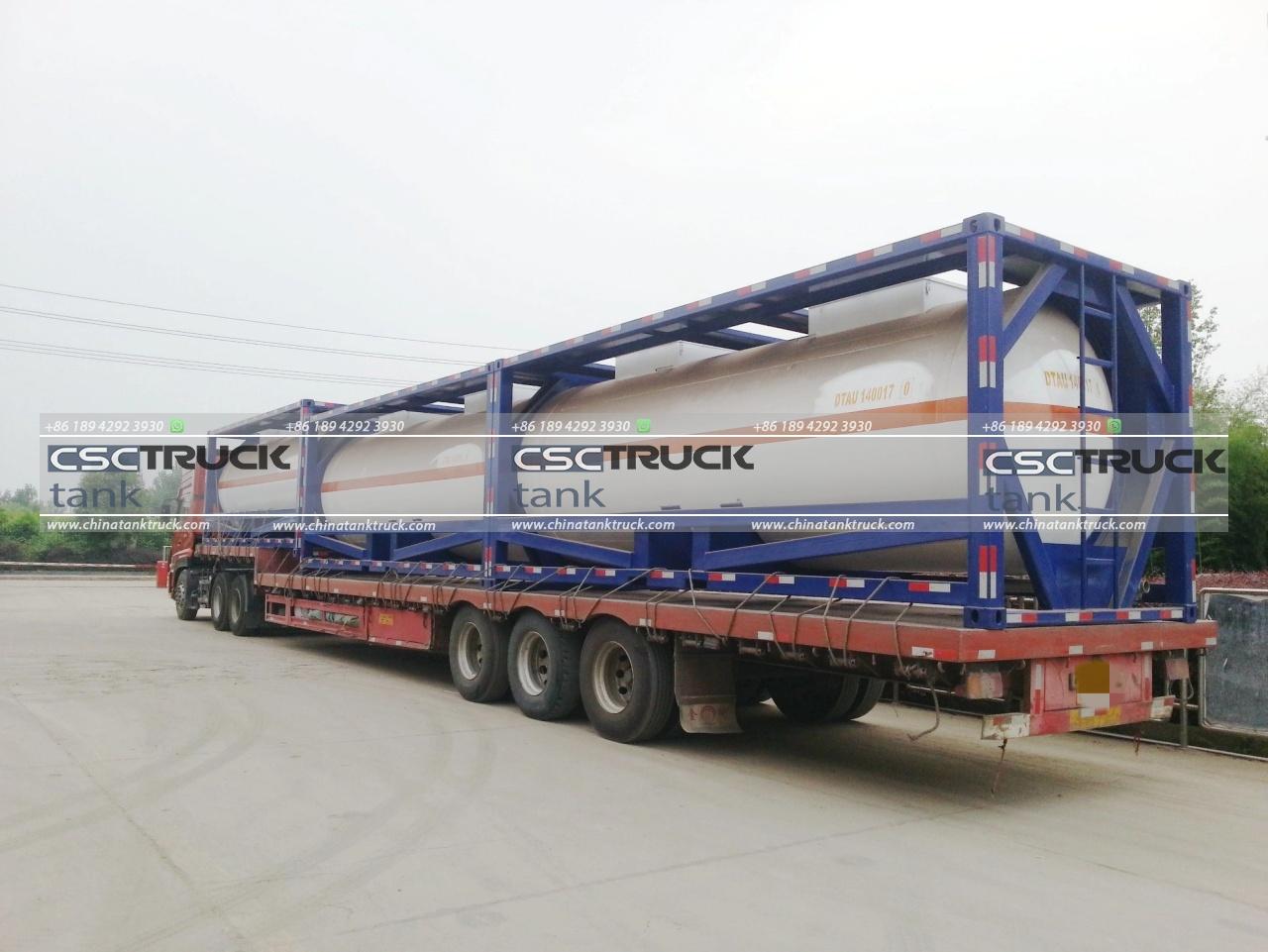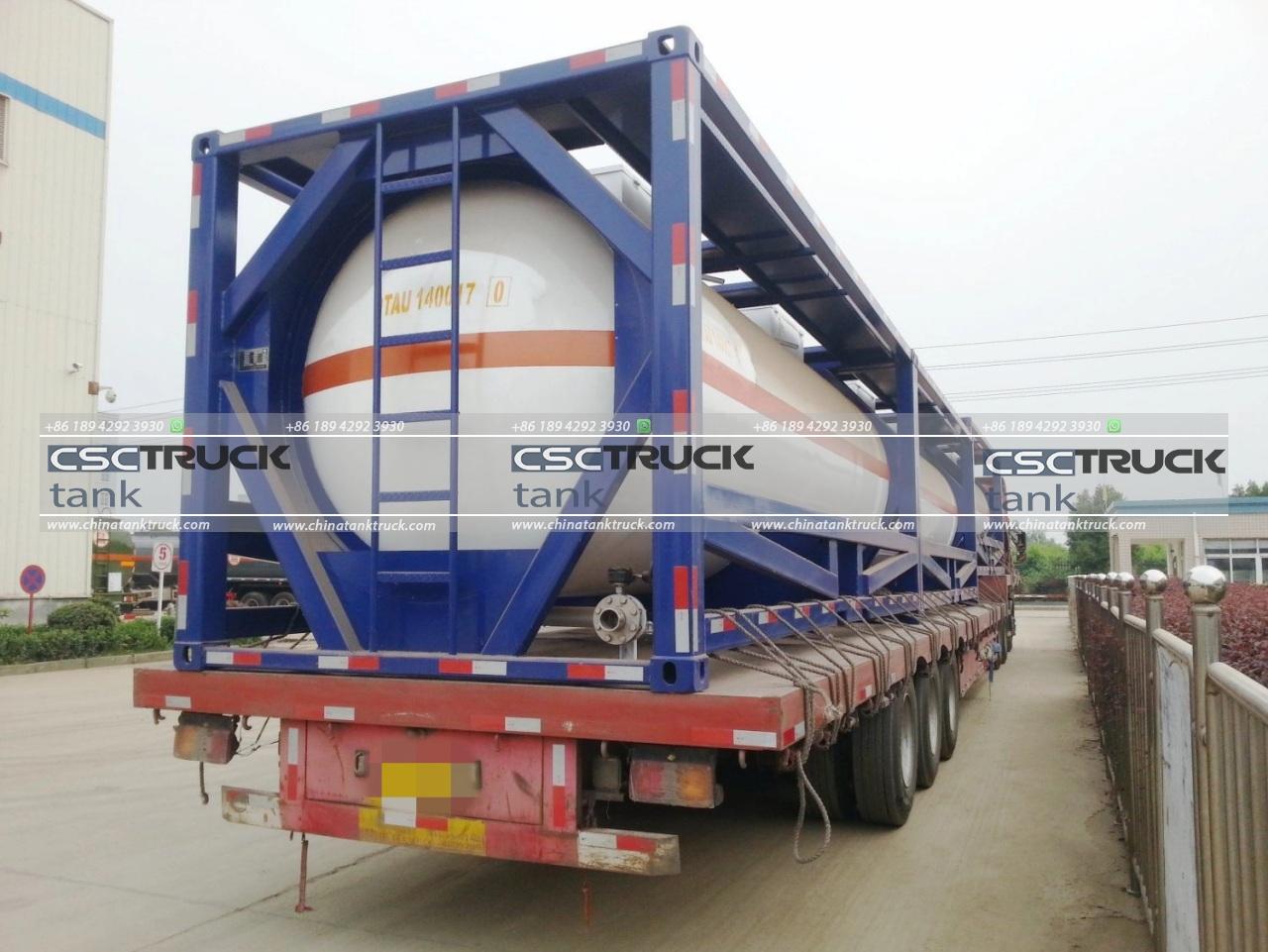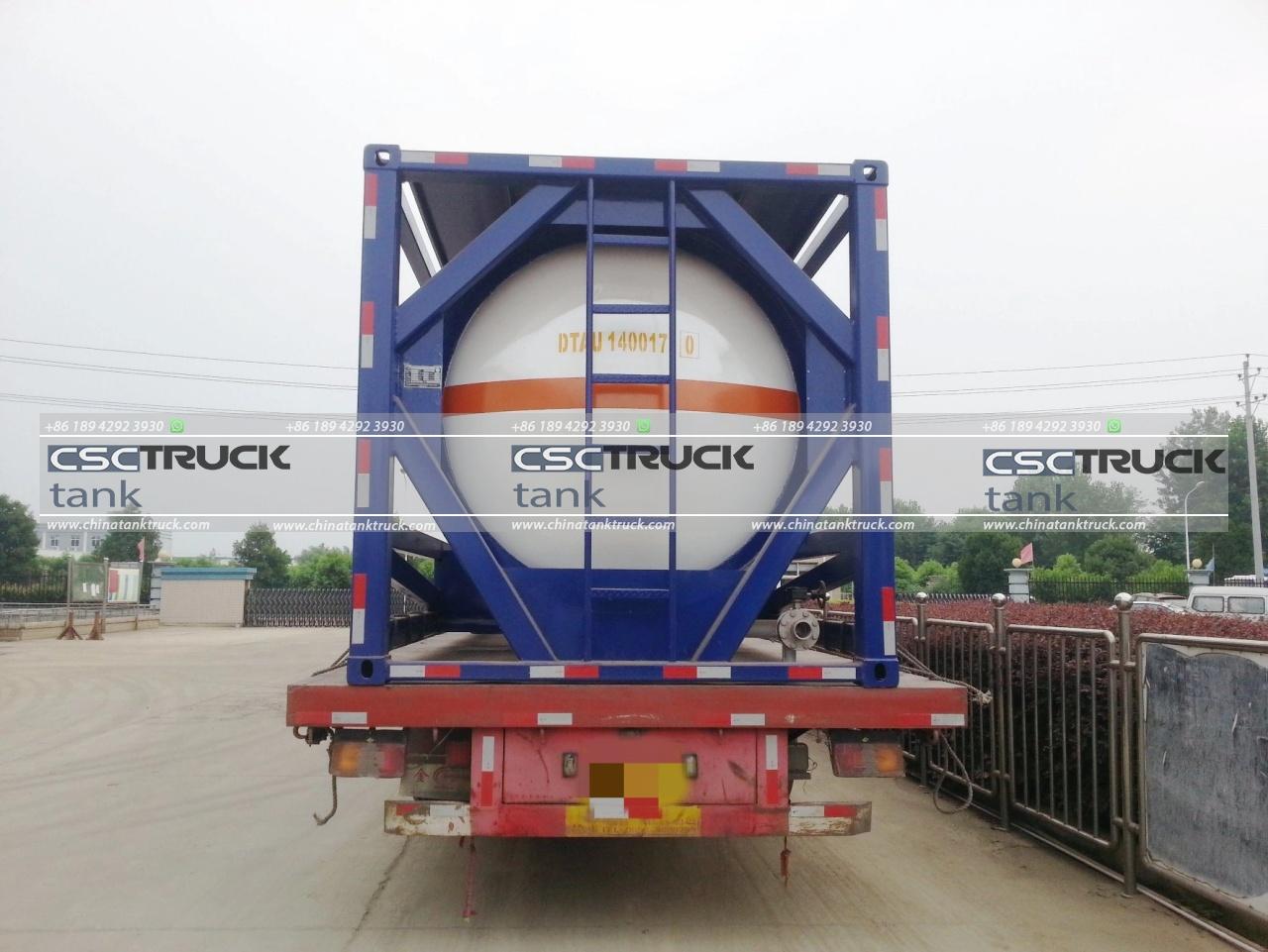Is an ISO Tank a Portable Tank?
In the world of industrial logistics and transportation, the terms “ISO tank” and “portable tank” are frequently encountered. For those navigating the intricacies of global shipping and storage, understanding the relationship between these terms is crucial. This article will delve into whether an ISO tank qualifies as a portable tank and explore the characteristics and applications of ISO tanks that contribute to their portability.
Understanding ISO Tanks
An ISO tank, or ISO tank container, is a standardized container used for transporting liquids and gases. The “ISO” in its name refers to the International Organization for Standardization, which has established guidelines and dimensions for these containers to ensure compatibility and efficiency across various modes of transport.
ISO tanks are made from high-quality stainless steel and are designed to withstand extreme temperatures and pressures. They are equipped with a variety of fittings and valves that allow for easy loading, unloading, and transportation of liquids such as chemicals, food-grade products, and petroleum derivatives.

Characteristics of ISO Tanks
1. Standardized Dimensions: ISO tanks adhere to international standards, typically measuring 20 feet in length, 8 feet in width, and 8.6 feet in height. This standardization ensures they can be easily transported by truck, rail, and ship.
2. Durability: Constructed from robust stainless steel, ISO tanks are built to endure harsh conditions. Their design includes insulation and protective layers to safeguard the contents from temperature fluctuations and external damage.
3. Versatility: ISO tanks are designed to handle a wide range of liquids and gases, from hazardous chemicals to food-grade substances. This versatility is one reason why they are favored in various industries, including chemicals, pharmaceuticals, and food and beverage.
4. Safety Features: These tanks are equipped with safety features such as pressure relief valves, emergency vents, and secure locking mechanisms to prevent leaks and spills. These features are essential for handling dangerous and sensitive materials.
Portable Tank Concept
A portable tank is defined by its ability to be easily moved from one location to another. Portability is a key feature for many types of tanks used in different industries, as it facilitates flexibility and efficiency in operations. Portable tanks can come in various forms, including those used for storing water, chemicals, or fuel.

ISO Tanks as Portable Tanks
To determine if an ISO tank qualifies as a portable tank, it is essential to consider its design and functionality in the context of portability.
1. Movability: ISO tanks are indeed portable in the sense that they are designed to be transported across different modes of transport, including trucks, trains, and ships. Their standardized design allows for easy handling and movement within and between transportation systems.
2. Transportability: Unlike fixed storage tanks, ISO tanks are built to be loaded onto different carriers. This ability to switch between road, rail, and sea transport without requiring extensive modifications or additional equipment highlights their portable nature.
3. Ease of Use: ISO tanks are equipped with features that make them user-friendly for transportation. Their standardized fittings and connections facilitate easy loading and unloading, which contributes to their portability.
4. Regulations and Standards: The ISO standards governing these tanks ensure that they meet safety and performance criteria, which is crucial for maintaining their portability and functionality across various environments and transportation modes.
Applications and Benefits
The portability of ISO tanks brings numerous benefits to industries that require the transport and storage of liquids.
1. Efficiency: The ability to transport ISO tanks seamlessly between different modes of transport enhances logistical efficiency. This reduces the need for repackaging or transferring contents, saving time and costs.
2. Flexibility: ISO tanks provide flexibility in logistics and distribution, as they can be easily repositioned and used in various locations without needing extensive infrastructure or modifications.
3. Cost-effectiveness: By minimizing the need for multiple handling and storage systems, ISO tanks help reduce overall operational costs. Their standardization also streamlines supply chain processes and inventory management.
4. Environmental Impact: The robust and secure design of ISO tanks helps prevent spills and leaks, contributing to environmental protection and compliance with regulations.

Limitations and Considerations
While ISO tanks offer significant advantages, there are considerations to keep in mind:
1. Size and Capacity: The standard dimensions of ISO tanks might not suit all needs. For some applications, smaller or larger containers may be required, and ISO tanks might not be the most practical solution.
2. Specialized Handling: Despite their standardized design, ISO tanks still require specialized handling equipment and trained personnel to manage safely and effectively.
3. Regulatory Compliance: Depending on the contents being transported, additional regulations and certifications may be necessary to ensure compliance with international and local laws.
Conclusion
In summary, an ISO tank can be considered a portable tank due to its design and functionality that facilitate easy transport across various modes of transport. Its standardized dimensions, robust construction, and versatility make it a practical solution for the global movement of liquids and gases. The ability to handle a wide range of materials while maintaining safety and efficiency underscores the role of ISO tanks in modern logistics. However, it’s essential to consider the specific needs and limitations of each application to determine if an ISO tank is the most suitable option.

